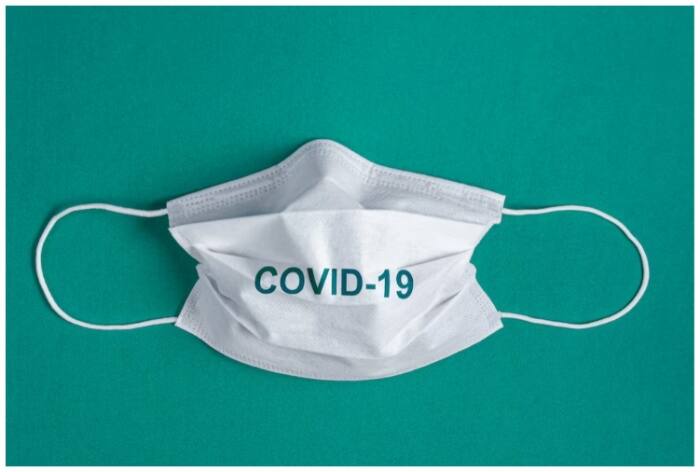The new Covid subvariant JN.1 has been categorized as a variant of interest and this is what exactly it means.
The World Health Organization (WHO) on Tuesday classified the JN.1 coronavirus strain as a “variant of concern” and said current evidence shows the risk to public health was low from the strain. At least two experts told Reuters that while the strain can evade the immune system and is more easily transmitted than other currently circulating variants, it has not shown signs of more severe disease.
While there may be more cases of the variant, JN.1 does not pose a greater risk, said Andrew Pekosz, a virologist at the Johns Hopkins Bloomberg School of Public Health. JN.1 was previously classified as a variant of interest as part of its parent line BA.2.86, but the WHO has now classified it as a separate variant of interest.
The WHO said current vaccines will continue to protect against severe illness and death from JN.1 and other circulating variants of the COVID-19 virus.
A WHO statement said: “Due to its rapidly increasing spread, WHO classifies the JN.1 variant as a separate variant of interest (VOI) from the parent lineage BA.2.86. It was previously classified as VOI as part of BA.2.86 sublineages. Based on the available evidence, the additional global public health risk posed by JN.1 is currently assessed as low. Nevertheless, with the onset of winter in the Northern Hemisphere, JN.1 could increase the burden of respiratory infections in many countries.”
The U.S. Centers for Disease Control and Prevention (CDC) said earlier this month that the JN.1 subvariant is estimated to account for 15% to 29% of cases in the United States as of Dec. 8, according to the agency’s latest projections. CDC had said there is currently no evidence that JN.1 poses an increased public health risk compared to other currently circulating variants and that an updated shot could protect Americans from the variant.
JN.1 was first detected in the United States in September, according to the CDC. Last week, China detected seven infections of the COVID subvariant.
(With Reuters input)


